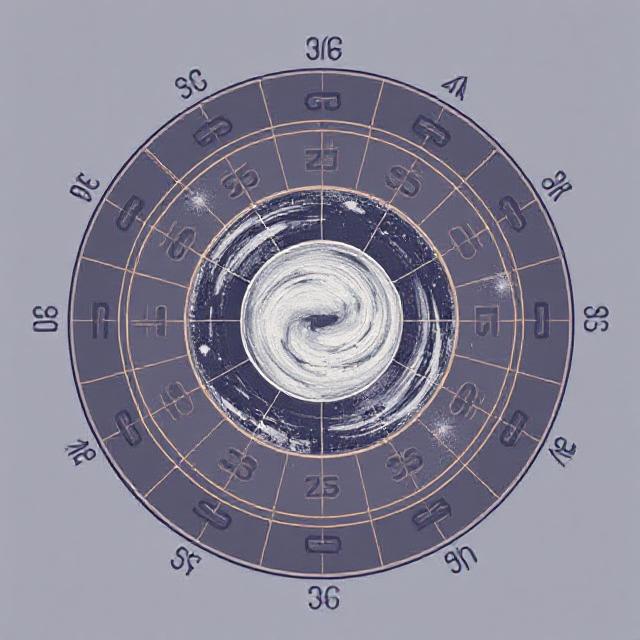Unexpected Proximity of Suns Magnetic Field Generation to Its Surface


Unveiling the Secrets of the Sun’s Magnetic Field
The Sun, often perceived as a radiant orb in the sky, hides a complex and dynamic nature beneath its luminous exterior. Twisting magnetic field lines rise from the Sun’s surface, creating dark spots known as sunspots. These phenomena are more than just celestial curiosities; they can unleash powerful solar storms that dazzle with aurorae but also disrupt satellite-based systems.
The Threat of Solar Storms
Recently, Earth was graced by some of the most intense solar storms in the past two decades. These cosmic events, while breathtaking, wreaked havoc on certain navigational systems. According to Daniel Lecoanet from Northwestern University, storms of a similar magnitude to the infamous Carrington Event could potentially cause catastrophic economic damage today.
Anticipating such solar events necessitates a profound understanding of the Sun’s magnetic mechanisms, a field that remains enigmatic despite significant scientific efforts.
A New Perspective on Solar Magnetism
A groundbreaking study led by an international team of astronomers, including Vasil and Lecoanet, offers fresh insights into the Sun’s magnetism. Published in the prestigious journal Nature, their research reveals that the Sun’s magnetic field emerges from its outermost layers, just 20,000 miles beneath the surface. Previously, it was thought to originate much deeper.
Keaton Burns from MIT, a co-author of the study, highlighted, “We demonstrate that disturbances near the Sun’s surface can evolve into the magnetic structures we observe.”
Rethinking Solar Dynamics
Traditional theories suggested a deep-seated origin for the Sun’s magnetic field, around 130,000 miles below the surface. However, these models failed to align with observed solar phenomena. Geoffrey Vasil from the University of Edinburgh likened the solar dynamo to a complex clockwork, whose mechanics remain partially understood.
The new research focuses on simulating plasma flows in the Sun’s outer layers, revealing how these flows contribute to the Sun’s skewed magnetic field. This approach also sheds light on torsional oscillations, cyclical plasma movements near the surface, which older models couldn’t explain.
The Role of Rotating Plasma
To refine their model, researchers delved into helioseismology data, which tracks the Sun’s surface vibrations. By analyzing these vibrations, scientists can infer the internal structure of the Sun, much like determining a drumhead’s properties through its sound.
The study likens the Sun’s layers to an onion, with plasma flows rotating akin to matter in a black hole’s accretion disk. These flows may create instabilities that generate the Sun’s magnetic field, offering a novel perspective on solar magnetism.
Burns acknowledges this theory challenges traditional beliefs but notes its closer alignment with observed data.
In sum, this research not only advances our understanding of the Sun’s magnetic field but also enhances our ability to forecast solar storms, potentially mitigating their impact on technology and infrastructure. As our knowledge of solar dynamics deepens, we move closer to demystifying the celestial forces that shape our solar system.










